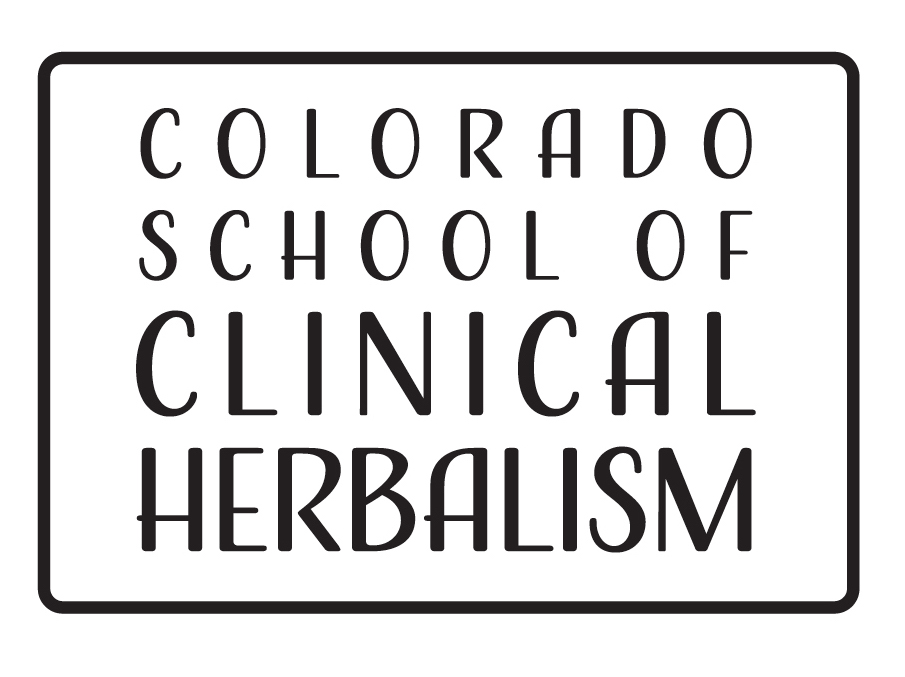Is there a way we can support our future health by looking back in the past?
Jenny McGruther, of the Nourished Kitchen, inspired me many years ago in exploring what she calls heritage foods. Offal (a.k.a. organ meat), meat stock, fermented foods, and more, that have provided essential nutrients throughout history, have become overlooked in recent decades, particularly in the US. More and more, we, as a culture, are beginning to fully understand that our modern diets are greatly influencing our health, or lack thereof. With this greater understanding, comes curiosity, and that’s what can fuel positive change in relation to our health and wellness.
One could consider a disruptive shift towards disease in our trading of intuitive eating, a fabulous approach taught by the school, for diet culture. In addition, regardless of people’s views about the political agenda promoting certain foods, some ways of eating have just simply become routine. An example of this is an imbalanced intake of meat (Deering; Peat). For many years, those in the wellness and fitness industries have been emphasizing protein intake, and for good reason. For those who eat animal products, this may look like eating ample amounts of lean muscle meats such as chicken breast and steak (Deering). But, here’s the catch, although these foods are great for a lot of reasons, eating inordinate amounts of muscle meat can not only cause bloating and digestive discomfort for some, but they can create some disharmony on a cellular level for many (Deering; Peat). This is largely due to an imbalance of amino acids like methionine, tryptophan, and cysteine (Peat, Masterjohn). Cue meat stock…
Meat stock, similar in some ways to the trending bone broth, can be prepared from a diverse array of animals – poultry, beef, lamb, pork, etc. (Pope). The key is utilizing cuts of the animal that have a lot of connective tissue – bones, joints, tendons, etc. that haven’t been cooked (Pope). Bone broth, technically speaking, utilizes cooked bones or carcasses and has a much longer cooking time (Pope). What these parts of the animal offer is the amino acid glycine, which is anti-inflammatory in nature and a great counter-balancing amino acid to the ones mentioned above found in muscle meats (Peat; Masterjohn). If we incorporate stock and slow-cooked cuts of meat bound to connective tissue, in addition to the more common lean muscle meats, our bodies will have access to a variety of amino acids required for a multitude of physiological processes (Peat; Masterjohn). In addition, organ meat, like liver, is extraordinarily high in B vitamins and other nutrients, confirming why we should support these forgotten foods in making a comeback (Lelong; Masterjohn).
Another large part of our recent diet picture, or the Standard American Diet, is how some would phrase, albeit a bit too harsh for my liking, the incorporation of “dead foods” (Amoruso). These are ultra-processed and pasteurized foods that lack unchanged enzymes and microorganisms (Amoruso; Katz). Inviting living foods like the ever-classic sauerkraut, a great beginner’s recipe for fermentation, into our diets is a way to boost optimal digestive health – one of the body’s wellsprings of vitality. It’s important to have fun and enjoy our food. Fermenting is a way to do that!
So, it comes back to curiosity. How can we explore simple ways of eating in the time-tested vessel of traditional foods? You can begin with healing recipes like homemade meat stock and ferments to broaden not only your nutritional landscape, but to remember and celebrate historic ways of living.
If you have any questions, please contact Marla at marla.cornwell@clinicalherbalism.com
Tags: traditionalfoods, cookingandnutrition, nutrientdensity, bonebroth, fermentation, livingfoods
References:
– “Nourished Kitchen – Natural Whole Foods Recipes.” Nourished Kitchen, 3 May 2020,
nourishedkitchen.com/.
– Pope, Kate. “Meat Stock: The Magical Elixir.” Regenerative Cooking School.
regenerativecookingschool.com/meatstockguide
– Amoruso, Christopher. “Gastroesophageal Reflux Disease.” The Weston A. Price Foundation, 26 July 2018,
https://www.westonaprice.org/health-topics/modern-diseases/gastroesophageal-reflux-dise
ase/#gsc.tab=0
– Deering, Kate. How to Heal Your Metabolism: Stop Blaming Aging for Your Slowing Metabolism!: Learn How the Right Foods, Sleep, the Right Amount of Exercise, and Happiness Can Increase Your Metabolic Rate and Help Heal Your Broken Metabolism. United States, Createspace Independent Publishing Platform, 2015.
– Peat, Ray. “Gelatin, Stress, Longevity.” Raypeat.com, 2009, https://raypeat.com/articles/articles/gelatin.shtml
– Lelong, Anne. “Water-Soluble Vitamins.” Colorado School of Clinical Herbalism, 2021.
– Lelong, Anne. “Fat-Soluble Vitamins.” Colorado School of Clinical Herbalism.
– Masterjohn, Christopher. “Beyond Good and Evil.” The Weston A. Price Foundation, 10 Dec.
2012,
www.westonaprice.org/health-topics/abcs-of-nutrition/beyond-good-and-evil/#gsc.tab=0.
– Katz, Sandor Ellix. The Art of Fermentation. Chelsea Green Publishing, 2012.
